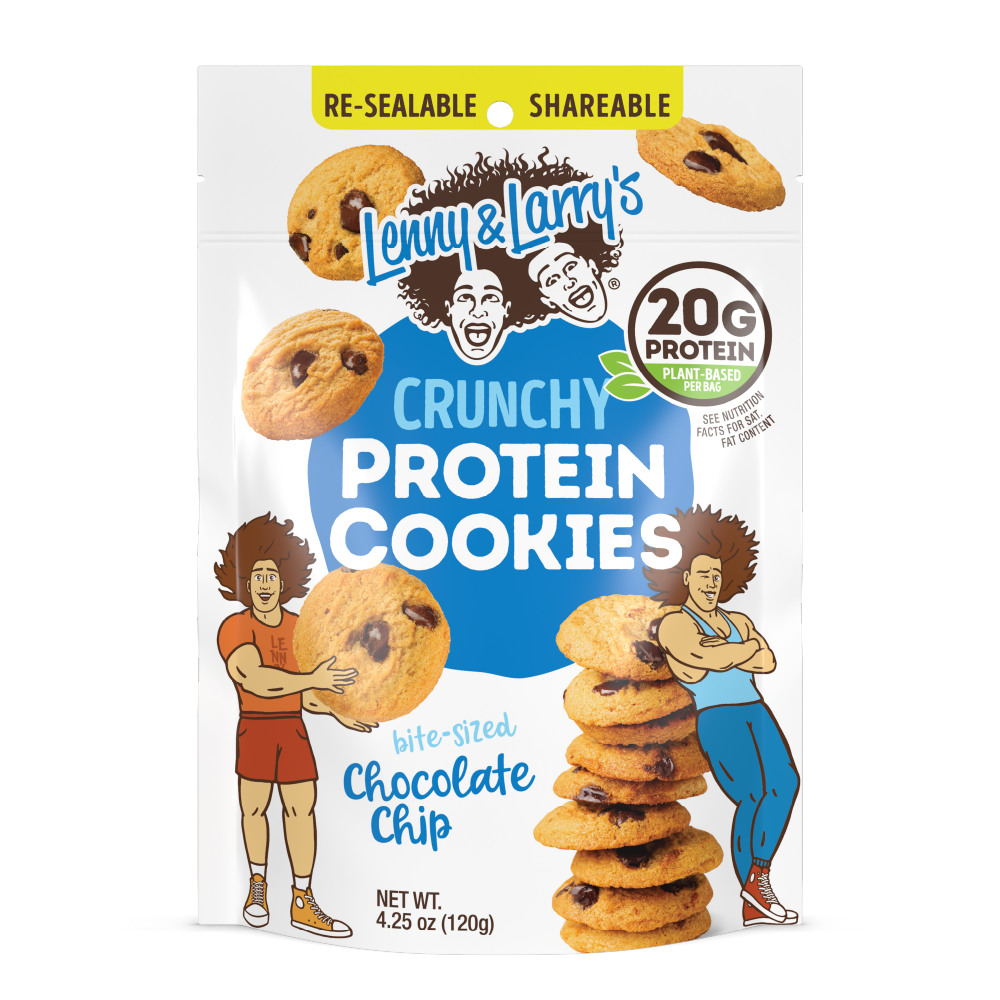Ahhh, the great outdoors. Assuming that’s your thing, there’s nothing quite like the smell of trees, plants, and fresh morning dew. And if you're not particularly outdoorsy, fear not! There are so many outdoor activities that allow us to escape the stress and worry of everyday life while also keeping us active and in touch with mother nature. You don't have to be a great hunter or an expert fisherman to reap the benefits of all the wonder the outdoors offers. And while camping purists may scoff at the mere thought of ‘glamping,’ trust us —it’s an excellent way to spend time outside. And wilderness doesn’t have to mean survival in-the-wild levels of discomfort; a boating trip on the lake, white water rafting, and other more remote activities can all benefit from the following advice.
How to Pack Food for Remote Outdoor Activities
A trip to the lake can be just what the doctor ordered, but getting a good bite to eat on the water itself is usually all but impossible. Unlike a beach, most inland freshwater destinations lack a large variety of healthy food options. The same goes for camping — if someone forgets to pack ice, you’ll essentially be stuck without a lot of food options.
Learn Your Location
It’s important to gauge the trip’s length and have a good idea about your whereabouts and what, if any, food options may be available nearby. And while not food related, be sure to know the locations of the closest emergency services and local hospitals in the area.
Food Containers
Almost as important as the food itself is the containers that will house the food outside. For any sort of highly perishable items such as meat, an ice chest or cooler should be priority number one. If access to more ice is not easily available from the campsite or whatever outdoor destination you may be heading to, be sure that the cooler can you bring along is rated for the length of the trip. A styrofoam cooler may be very cheap but likely won't hold ice for more than half a day to a day. Pricer coolers can maintain ice for up to a week or more, although it’s always important to check out the specifications of each one.
Food Choices
Coolers are likely the only real choice for refrigeration you’ll have outdoors unless you’re at a motorhome campsite with electrical hookups. With this in mind, it’s a good idea to bring as many foods and snacks that will provide satiation that won’t require cold temperature.
Some good choices would be:
These stable foods can act as a backup to your cooler or as the sole source of food..
Cooking Methods
Will you eat these foods as-is, or will they require cooking? Be sure to bring the needs supplies to start a fire if cooking over an open flame or fuel sources for grilling. It’s likely that you won’t have a lot of space, so check out smaller, more portable grills that have a smaller footprint and won’t take up as much space when packing.
Minimal Footprint
There’s a finite amount of wildlife and forestry left in the world, and it’s vital that we do all that we can to preserve it. When the time comes to pack up and hit the road for home, remember to leave
Mother Nature the way you found her. Pack plenty of trash bags, and be sure to clean up after every meal to help maintain as natural of an area as possible for others to enjoy in the future.
Speaking of Snacks That Last…
Did you know that we make delicious cookies and bars that are perfect for getting sustainable plant-based protein on the go? I mean, you might have gotten a feeling, but we just wanted to let you know that, yes, it is indeed true.
…
Oh, yeah — one more thing. Try to avoid
bears.
 Lenny and Larrys
Lenny and Larrys
